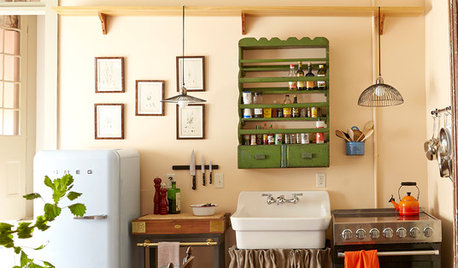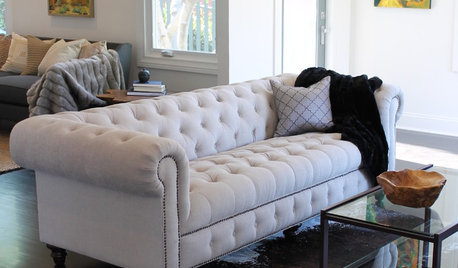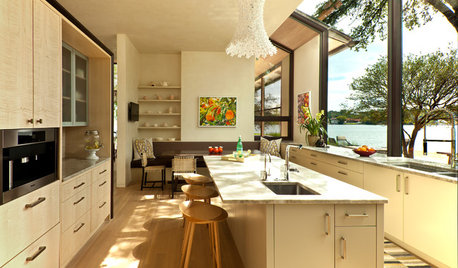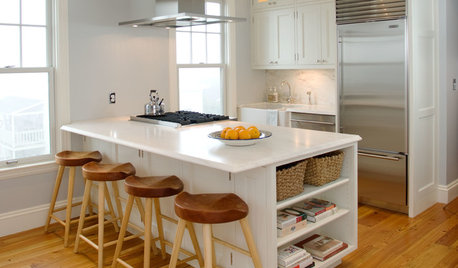Flare fittings
blindstar
14 years ago
Related Stories

GARDENING GUIDESGarden Myths to Debunk as You Dig This Fall and Rest Over Winter
Termites hate wood mulch, don’t amend soil for trees, avoid gravel in planters — and more nuggets of garden wisdom
Full Story
DECORATING GUIDESWhy Your Next Sofa Should Be a Roll-Arm
They work great with any style and take bold color, pattern and even slipcovers exceptionally well
Full Story
HOUZZ TOURSHouzz Tour: Undone in the French Quarter
Color and history abound in this ‘unrenovated’ pied-à-terre in the Big Easy
Full Story
DECORATING GUIDESCalifornia Law: License to Practice Interior Design?
A proposed bill that would require a license to practice interior design in California has Houzzers talking. Where do you stand?
Full Story
PRODUCT PICKSGuest Picks: Settees for Every Room and Style
Tuck one of these smaller-than-a-sofa seats by a bed, in a niche or in a breakfast nook for comfort that goes the distance
Full Story
DECORATING GUIDESTrend Alert: The Modern Chesterfield Sofa
Tufted and traditional or modern and modular, the chesterfield sofa is reappearing in home interiors everywhere
Full Story
MOST POPULAR15 Remodeling ‘Uh-Oh’ Moments to Learn From
The road to successful design is paved with disaster stories. What’s yours?
Full Story
MOST POPULARHouzz Quiz: What Style of Kitchen Should You Have?
Should you be cooking up a storm in a modern, traditional, farmhouse or another style of kitchen? Take our quiz to find out
Full Story
KITCHEN DESIGN20 Kitchen Must-Haves From Houzz Readers
We asked you to tell us your top kitchen amenities. See what popular kitchen features made the list
Full Story
WORKING WITH PROS12 Questions Your Interior Designer Should Ask You
The best decorators aren’t dictators — and they’re not mind readers either. To understand your tastes, they need this essential info
Full Story





homebound
homebound
Related Discussions
Zero-clearance box in wall for Bluestar's gas, or through floor?
Q
hook up gas dryer Siemens Ebay
Q
Checking LP line for leaks
Q
LP range install - does this sound right?
Q
blindstarOriginal Author
lazypup
blindstarOriginal Author